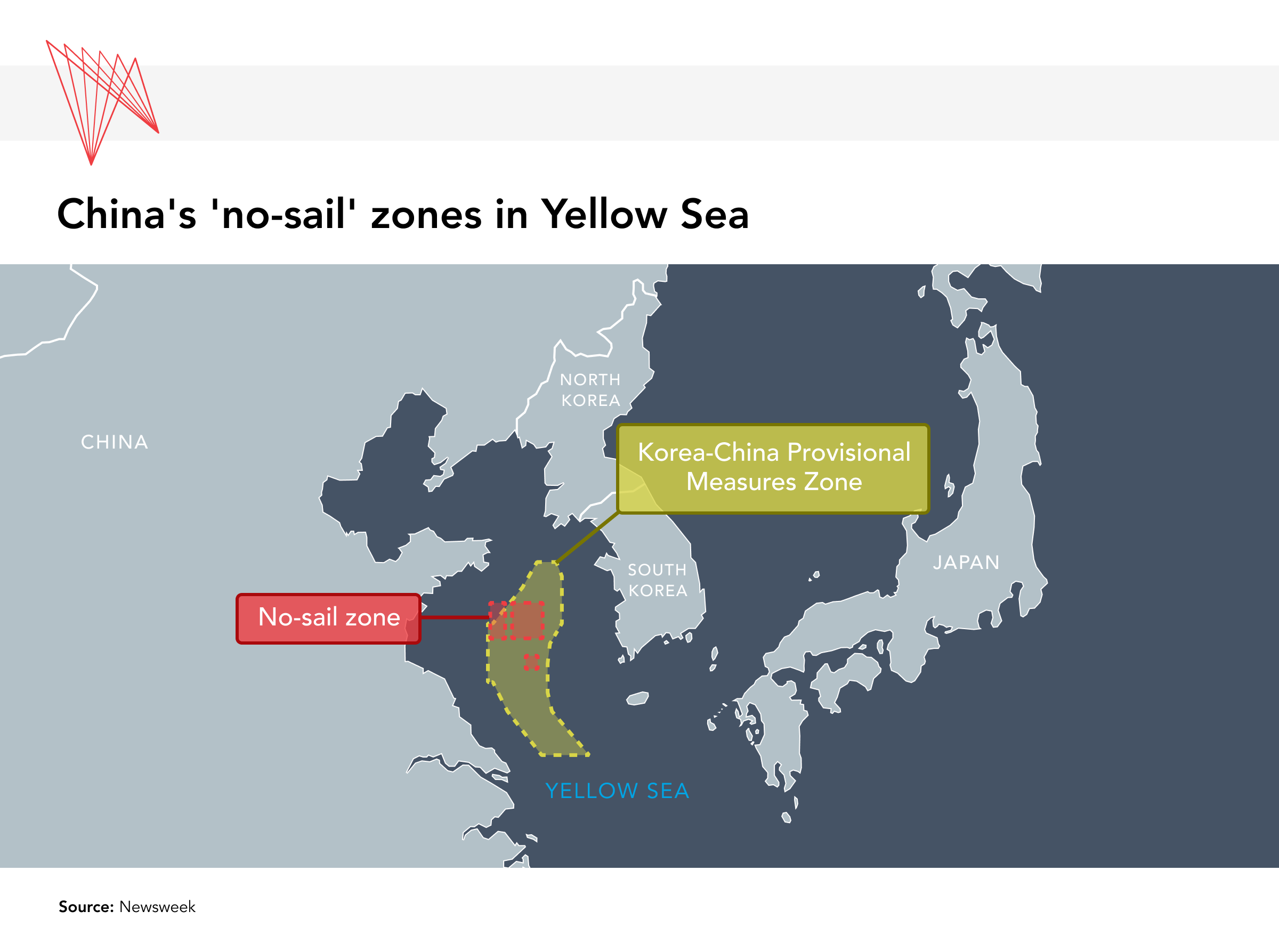South Korea’s long, volatile, national “nightmare” is nearly over. Voters will select the country’s new president on June 3, exactly six months after former president Yoon Suk Yeol’s short-lived martial law declaration sparked a tumultuous stretch of protests, political jockeying, and, ultimately, Yoon’s impeachment.
Yoon’s ouster left South Korea with a power vacuum, filled by a revolving door of acting presidents, one of whom was also impeached. Next week’s election could be an important step towards stability for the country, which some foreign officials, including U.S. Defense Secretary Pete Hegseth, have skipped on recent tours through the region.
Former mayor, governor, and human rights lawyer Lee Jae-myung, the candidate for the progressive Democratic Party of Korea, is the frontrunner: a recent Gallup Korea poll suggested 45 per cent of voters are behind him.
Lee’s main rival is People Power Party candidate Kim Moon-soo, a former governor and labour activist, who is polling at 36 per cent. Lee Jun-seok of the newly formed, right-wing Reform Party is polling at 10 per cent, which could split the conservative vote and complicate the path to power for Kim.
Taking on water
Beijing appears to be exploiting the political instability in South Korea. Last week, China’s Maritime Safety Administration unilaterally declared three 'no-sail' zones in the Yellow Sea — situated between China and South Korea — for reasons undeclared. South Korean media reported that it was for military training purposes.
According to Newsweek, the three areas in question are inside the Korea-China Provisional Measures Zone (PMZ), where the two countries’ exclusive economic zones overlap and borders remain fuzzy. Seoul, typically consulted prior to any announcement by Beijing, registered its “concern through diplomatic channels,” calling no-sail zones “problematic.”

Beijing has deployed similar grey-zone tactics (i.e. actions designed to intimidate other states, but falling short of outright conflict) in the South China Sea and the Taiwan Strait, targeting Philippine, Taiwanese, and Vietnamese vessels. These moves are part of a broader trend of Beijing staking territorial claims in disputed waters in the region.
While the Yellow Sea is relatively stable, Beijing and Seoul have sparred there in the past. In February, a South Korean research vessel documenting China’s latest fishing structure in the PMZ — constructed without South Korea’s approval — was intercepted by Chinese vessels, leading to a standoff between the two countries’ coast guards.
South Korea’s new president will also inherit strained ties with North Korea. Lee, for one, has committed to engaging the North, but admitted that it would be “very difficult” to hold a fruitful meeting with North Korean leader Kim Jong Un. The last inter-Korean summit took place in 2018 in Pyongyang.
Tariffs top of mind for exporters
Voters are also expecting the new president to deal with U.S. President Donald Trump. Trump's blanket 25 per cent tariff on South Korea — announced on ‘Liberation Day’ and then suspended until July 9 — and his tariff on foreign automobiles are top of mind: a recent survey suggested that if Trump's tariffs linger, South Korean exporters expect their operating profits to decline by 6.3 per cent.
There could be defence challenges ahead, too. A recent report by the Wall Street Journal noted that Washington is “considering” relocating 4,500 U.S. soldiers from South Korea to other locations in the Asia Pacific, including Guam. There are roughly 28,500 American troops currently stationed in South Korea.
Ottawa's 2022 Indo-Pacific Strategy identified South Korea as "a strong democratic partner." Canada's first bilateral trade deal in Asia was with South Korea. The agreement was signed in 2015.
